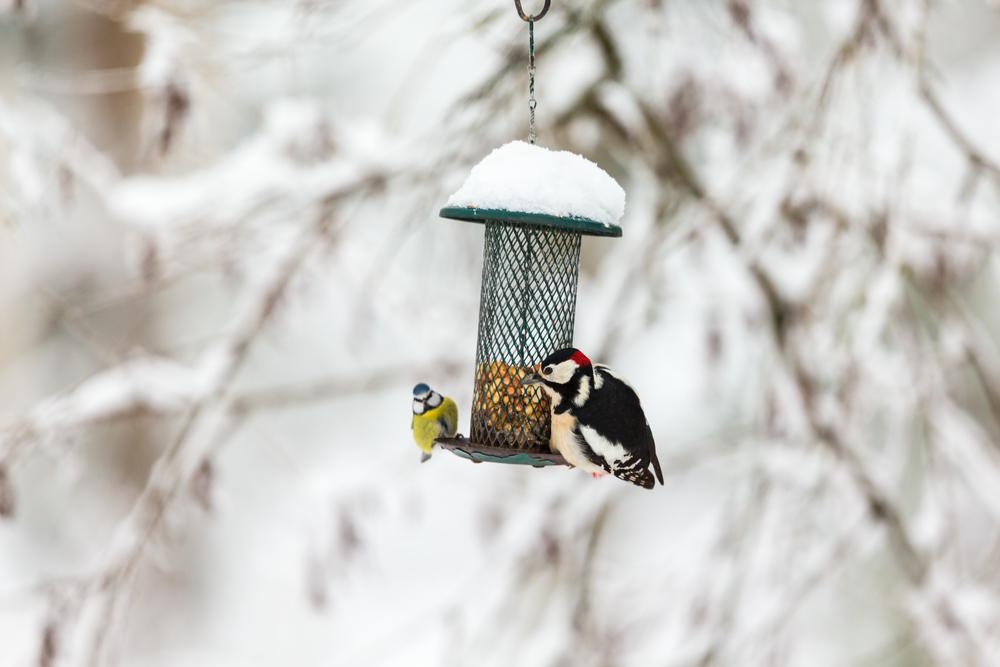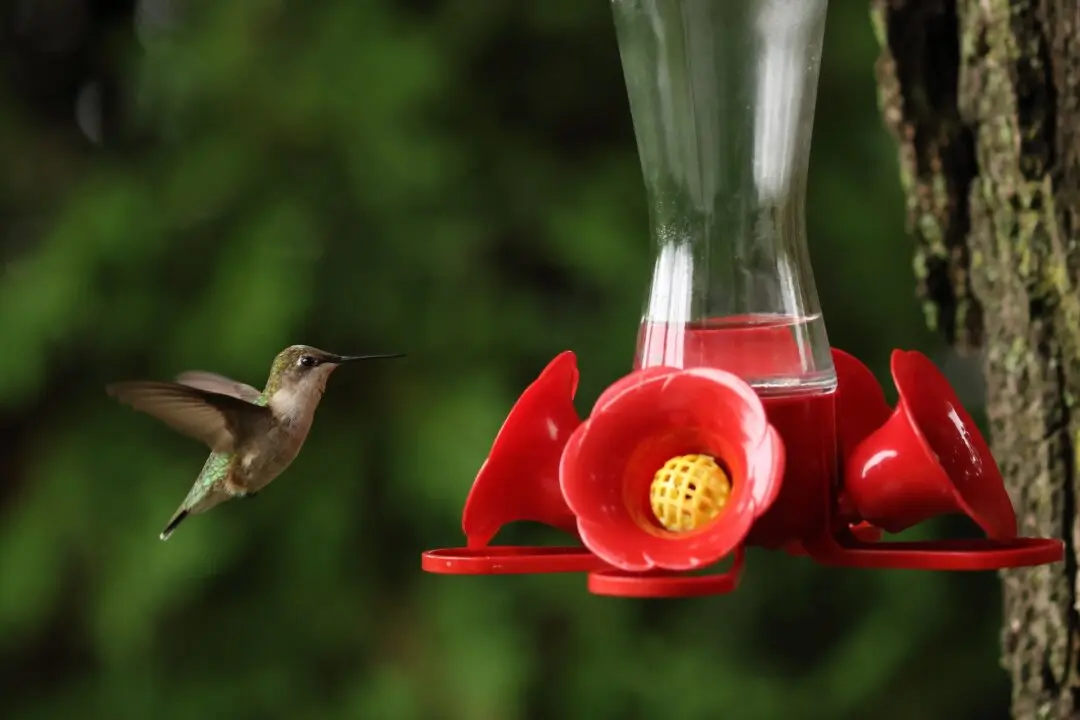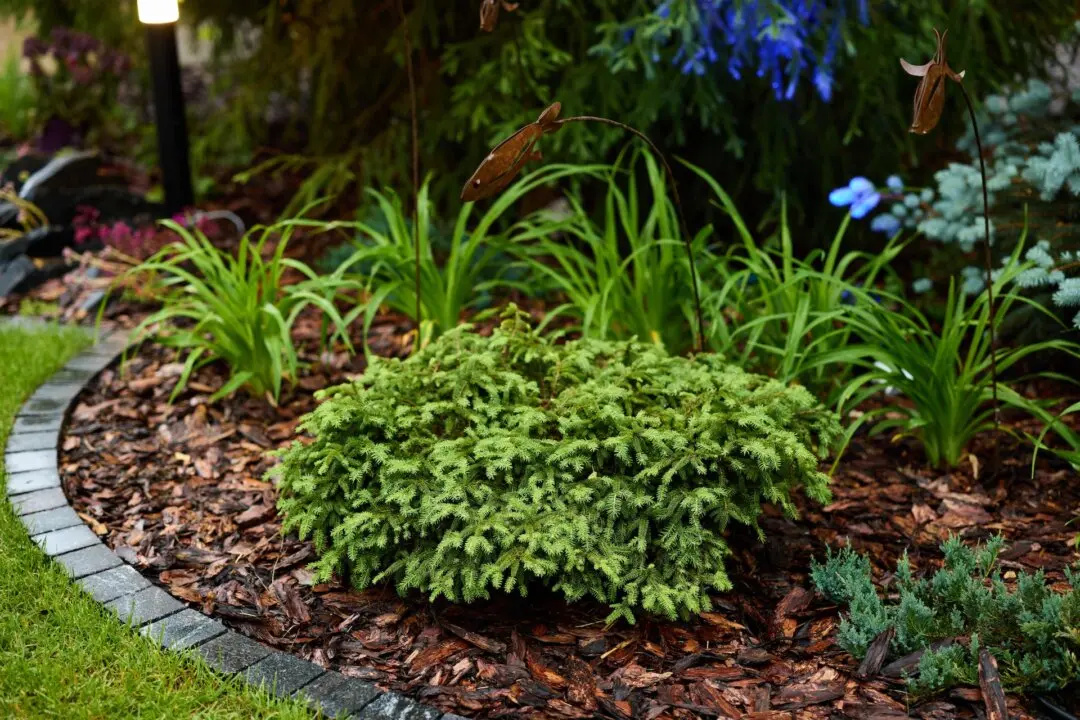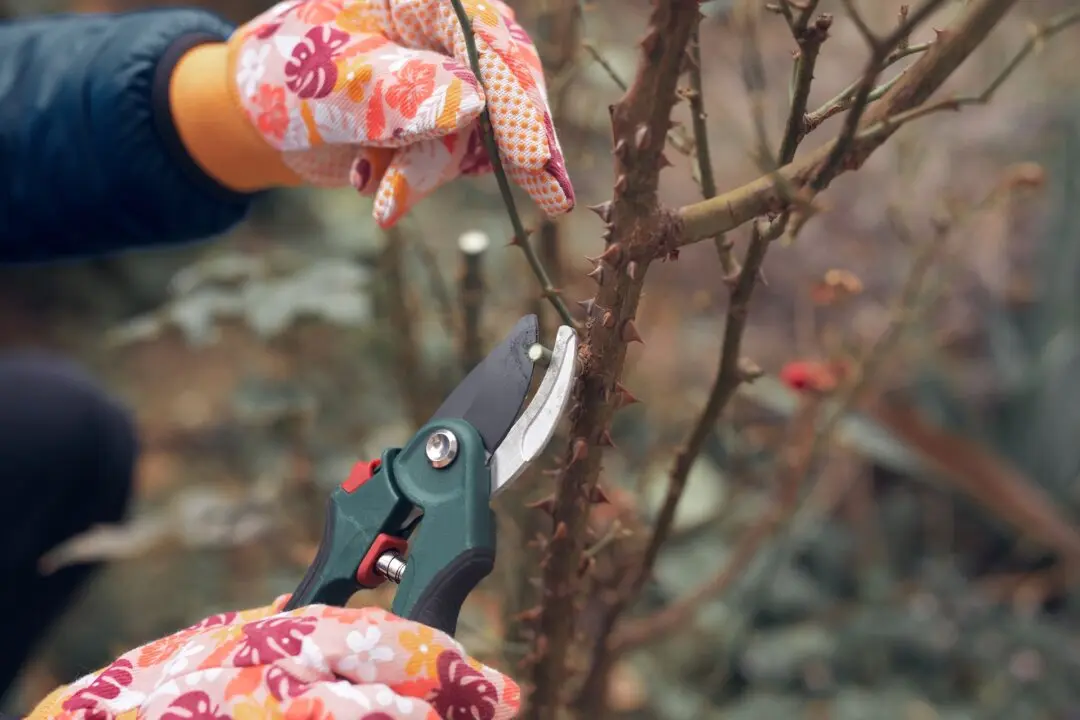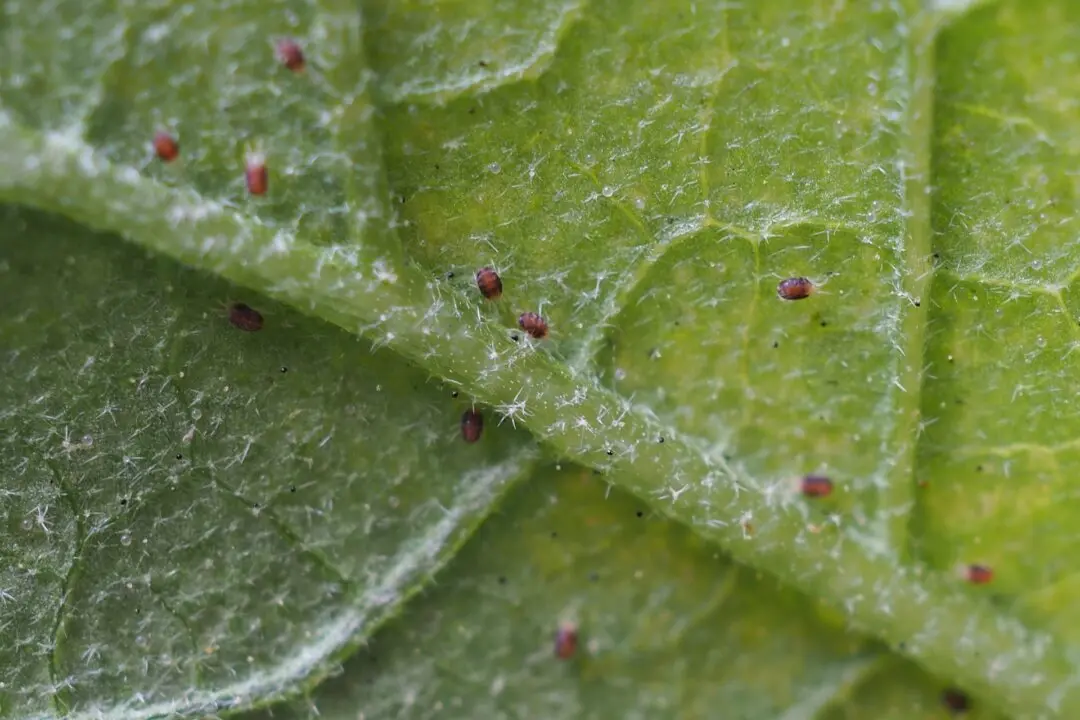During the past year, we were often told to listen to or follow the science. Well, I am happy to report that there is more and more scientific evidence to support the idea that everyone would be better off watching birds. You can watch them at a feeder while you are sitting on the couch, or you can go to a park to see them.
Studies from England, Los Angeles, and Spain indicate that the closer you live to a park and the more contact you have with nature, the better your mood, psychological well-being, mental health, and cognitive functioning scores will be. In short, watching birds is good for you, and you don’t even need a note from the doctor to do it. For those interested in the mental health aspects of birding, the book “Bird Therapy” by Joe Harkness will be helpful.

